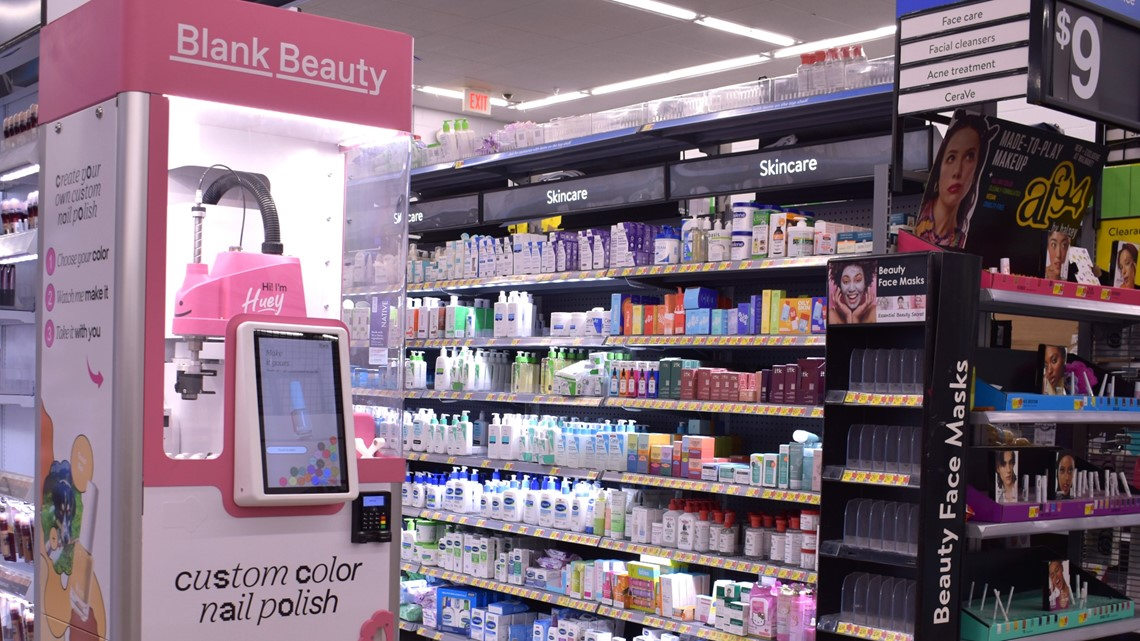
Blank Beauty Secures $6.5M In Series A Funding To Revolutionize Custom Nail Polish—And More
Blank Beauty has bagged $6.5 million in series A funding to bring practically any nail polish shade a consumer could dream of to life with a purchase in-store or online—and move beyond nail polish to customize beauty products spanning aisles.
The oversubscribed series A round brings the company’s total funding to $12.5 million, and it includes two major strategic participants, Epson, Blank Beauty’s robotics and spectroscopic camera supplier, and Kirker Enterprises, its nail polish and raw materials supplier. In addition to the major strategic backing, Evolution VC Partners, a consumer technology fund that invests in culturally disruptive businesses, participated in the round, and its founder, Gregg Smith, has joined Blank Beauty’s board.
“Basically, our entire supply chain invested in this round,” says Blank Beauty co-founder and CEO Charles C. Brandon. “Kirker makes 10 different color concentrates that we blend to make 40,000 shades of nail polish and more. It’s incredible to have our nail polish partner be part of this because we get incredible pricing. We have a quality product that we sell at $9 where our competitors sell it for around $12.”
Blank Beauty’s series A funding will power expansion at Walmart. The company placed robotic kiosks it calls Huey in three Walmart locations last year. Each kiosk occupies four square feet, holds 264 nail polish bottles and can produce 12,000 unique shades in under two minutes. Brandon believes Blank Beauty can slash the $10,000 cost of making the kiosks in half as they scale.
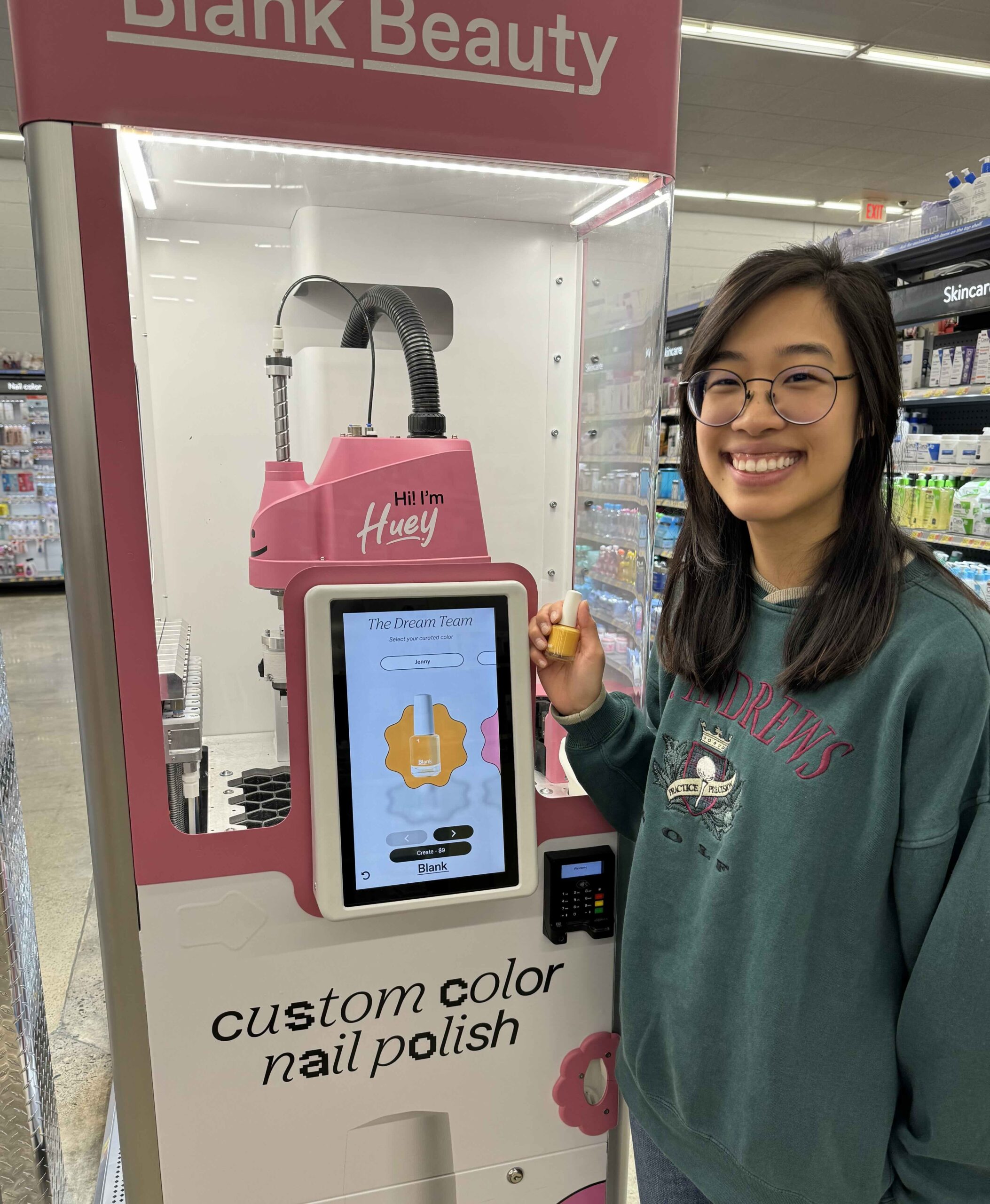
The funding will also increase marketing for Blank Beauty’s e-commerce brand that allows consumers to personalize nail polishes in three online steps. Behind the scenes, it will be put toward development of a customization machine that can whip up liquid foundation for 400 skin tones with variable levels of coverage slated for release next year. The machine will occupy three feet in an in-store endcap, and Blank Beauty anticipates unlocking online channels following retail.
Lastly, the funding will support Dolly, an automation system for Shopify orders that manufactures products on-demand for next-day delivery. The company has a 4,000-square-foot facility in Knoxville, Tenn., housing Dolly, which it describes as a modular “micro-factory” with production capacity equal to traditional factories 10 times its size.
“We could be one of the few profitable AI hardware companies.”
Blank Beauty’s e-commerce brand shipped out 20,000 nail polishes and generated $250,000 in revenues in 2024. In fiscal year 2026, it expects to be generating $10 million in revenues, primarily from its e-commerce brand. By that point, Blank Beauty forecasts it will be in the black. Brandon says the company’s monthly burn is $100,000, and it reaches profitability by selling 300 nail polishes a day. Half-jokingly, he remarks, “We could be one of the few profitable AI hardware companies.”
Ahead, Brandon views big opportunities for Blank Beauty in partnerships and licensing its technology. Celebrities and influencers could tap it for quick-turnaround beauty merchandise for their fans, and beauty companies could license its technology to tailor their beauty formulas. Blank Beauty has fielded interest from global beauty brands intrigued by individualizing existing stockkeeping units.
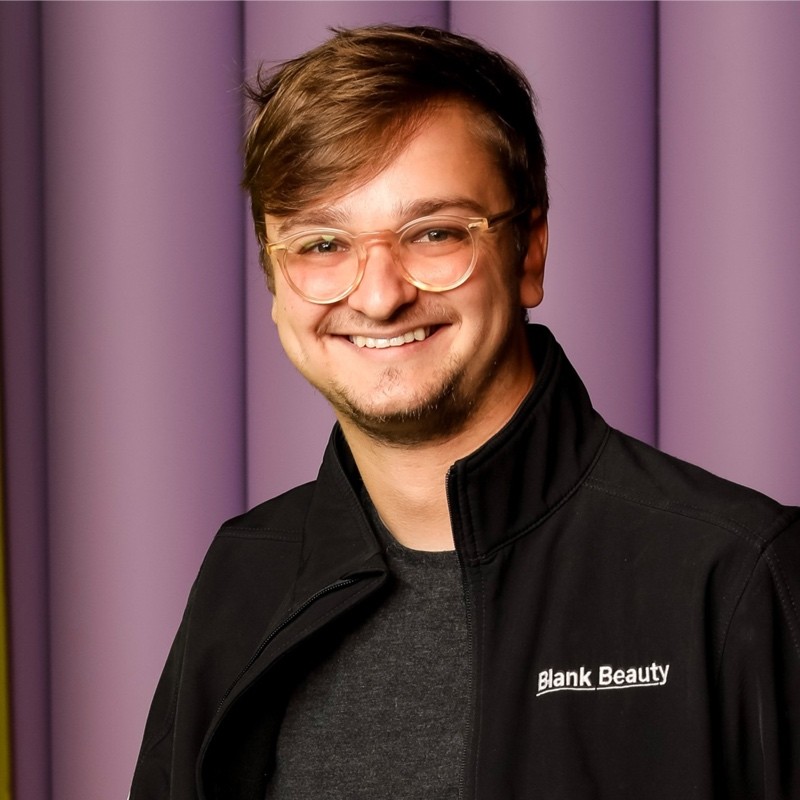
Investment has poured into beauty robotics. For example, Luum, an 8-year-old company employing robotics, computer vision and artificial intelligence to apply eyelash extensions, has raised $30 million in funding and plans to embark on raising series B funding this summer. Last year, BoldHue, a competitor to Blank Beauty that has a Keurig-style custom foundation countertop device, raised nearly $3.4 million in seed funding.
In the past, beauty product customization players exited to beauty conglomerates. L’Oréal bought Sayuki Custom Cosmetics in 2014 and harnessed its build-your-own foundation prowess for Lancôme foundation concept Le Teint Particulier. Three years later, Shiseido acquired MatchCo, a company that used an app to analyze people’s skin tones and created foundation to match.
“Imagine what you could charge for a custom Tom Ford foundation.”
“We are building a core business that can sustain. We are not looking for an acquisition tomorrow, but, instead of us building a $500 million brand, why doesn’t a company buy us? We have all this automated technology that enhances their current investments,” says Brandon. “We grow the pie versus just being another brand on the web. Imagine what you could charge for a custom Tom Ford foundation, and imagine if they had their manufacturing automated so they don’t have to deal with overordering.”
Despite previous exits and recent funding for beauty robots, they haven’t had the warmest reception from store shoppers, who are often in a hurry and unfamiliar with what they do. Clockwork tested robotic manicure machines in six Target locations. Earlier this year, the company was acquired by 10Beauty, developer of countertop manicure devices, and wound down its robotic manicure machines. Luum previously piloted lash application in Ulta Beauty.

Beauty robots have sparked concerns about replacing humans in the beauty service sector. Brandon asserts Blank Beauty isn’t doing away with humans. Instead, he says it’s taking on brands and supply chain actors. And he points out Huey has so far shown promising results at Walmart. “We are best in category for nail polish,” says Brandon. “The best nail polish brands move 10 to 15 nail polishes a week, and we are above that.”
Brandon started Blank Beauty in 2016 at 19 years old after wandering through a Walmart with the paint aisle neighboring the nail polish aisle, prompting the then aspiring inventor to ponder the possibilities of mixing nail polishes. Blank Beauty spent its initial years toiling on a countertop device it hasn’t delivered to market and didn’t secure external funding until five years in.
Athena Club and MiniLuxe backer Cue Ball Capital and technology-focused venture capital firm Builders VC were among Blank Beauty’s early investors. Builders VC provided a $1 million SAFE note for its Walmart machines.
Today, Blank Beauty has five full-time staff. Ji Lee, a former AVP for augmented reality at L’Oréal, signed on as CTO in November last year. Brandon retains 15% ownership in the company, and its other employees hold smaller equity stakes.
Click here to secure Early Bird tickets to Dealmaker Summit happening November 10 & 11 in London.


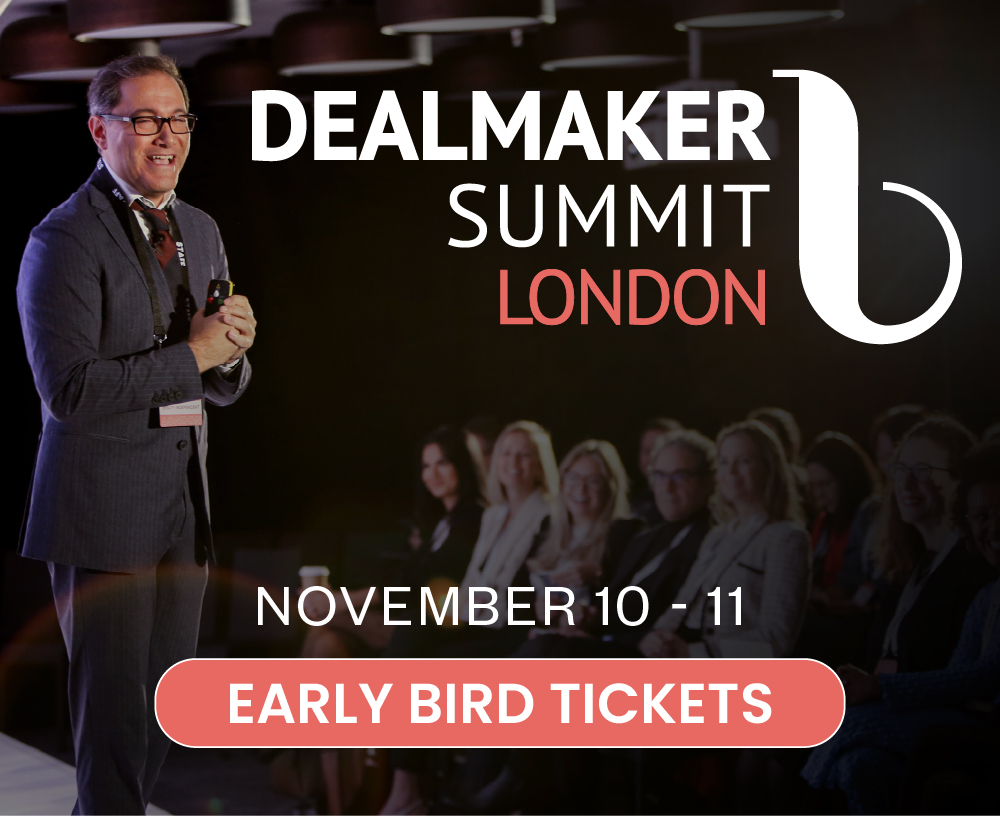
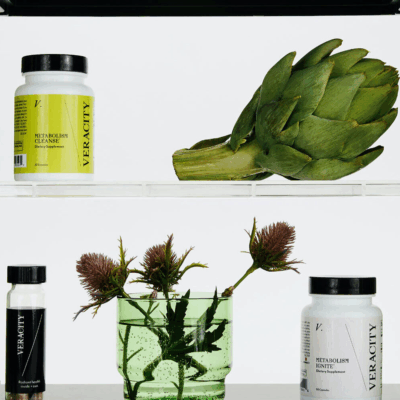
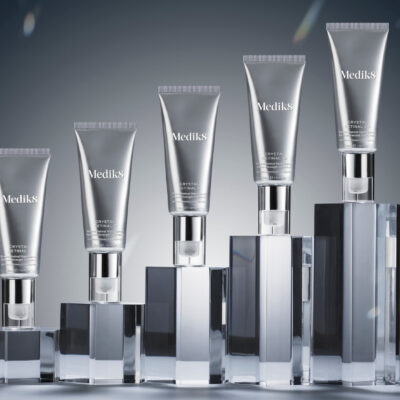
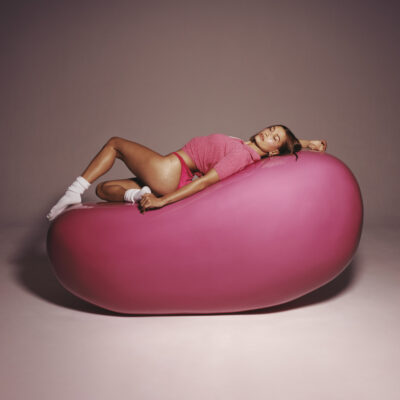
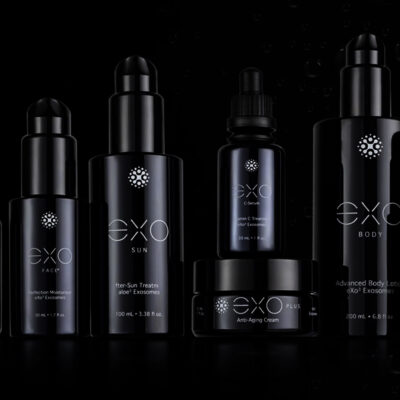
Leave a Reply
You must be logged in to post a comment.